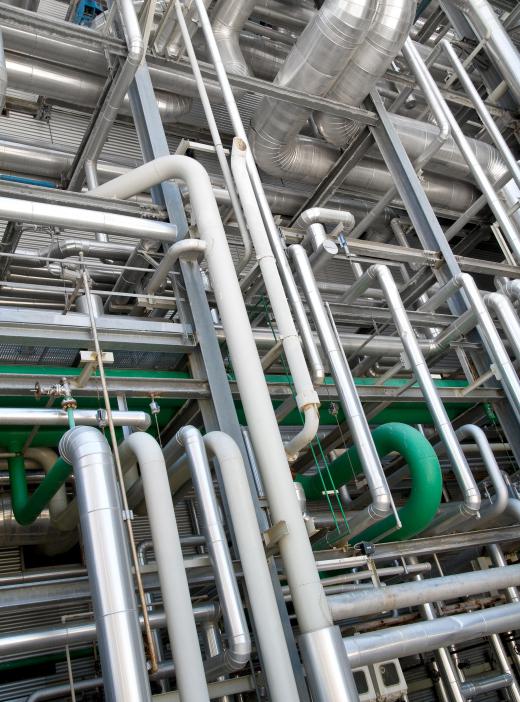Tube bending is a process used to reshape tubing or piping into a certain shape or design. This process works on metal, alloy, aluminum, titanium, and steel. There are several possible processes that can be used in tube bending: press bending, rotary bending, heat induction, and roll bending. The types of metalworking tools used in the process depend on the size and thickness of the metal. A metal forming process like tube bending can be used in construction, design, and manufacturing.
During the tube bending process, a bending die is used to shape the tubing or piping. Die blocks work like molds and are customizable based on the desired shape for the metal being submitted for bending. Bending die can render a piece of metal 180 degrees, also known as U-shaped, or curved anywhere from 2 degrees to 90 degrees.

When a piece of metal is being bent, it is clamped into place between two dies. Then, a rotary machine is used to form the metal. In the case of tubes, a rod is inserted to prevent the tube from buckling under the pressure. Typically, the tools used to bend the metal are made of steel, although other elements may be used if the raw material being bent is prone to scratching.
There are four primary ways that tube bending is performed. When a die is forced onto a tube or pipe it is called press bending. Rotary press bending uses two types of die; the first die compresses into the second die, which shapes the metal into the desired form. Heat induction uses heat to make the tube or pipe more malleable and pressure to shape it into the desired form. Roll bending uses rollers to shape the metal.
The particular process used for tube bending is dependent on several factors related to the material being bent. Press bending is used on pipes or tubes that are cold. Rotary bending is used to create tube or pipes they need to appear straight; examples are rails, cages, and car frames. Heat induction is used to efficiently bend larger tubes or pipes. Roll bending is applied when the material needs to appear in the form of a coil.
Tube bending has many applications in daily life. Contractors and architects use the procedure to create unique structural designs that are practical and aesthetically appealing. Examples include bridges, stairs, and building facades. This metal forming process is also used to create art sculptures and furniture. Furthermore, many parts used in cars, oil refineries, and factories must be bent to improve flow or conduction; tube bending makes this possible without weakening the metal itself and rendering it susceptible to leaks or breaks.
